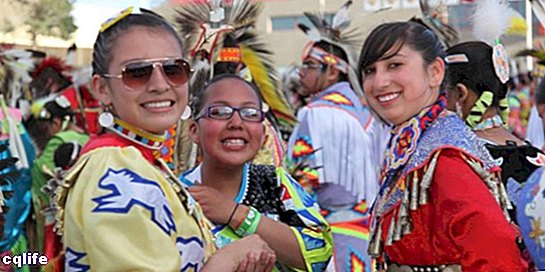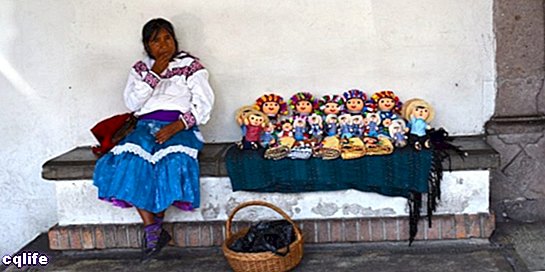- What is cultural diversity?
- Importance of cultural diversity
- Types of cultural diversity
- Examples of cultural diversity
- Cultural diversity in Mexico
We explain what cultural diversity is, its types, its importance and various examples. Also, the cultural diversity in Mexico.

What is cultural diversity?
Cultural diversity or multiculturalism is the coexistence harmonious and respectful of groups humans coming from different cultural backgrounds, that is, from different ethnic, religious, linguistic and social backgrounds, within the framework of a culture dominant majority.
Cultural diversity is about understanding the humanity as an immense set of cultures, each endowed with a historic context and of a tradition valuable. That means not valuing some above others or pretending that some are more "advanced" and others more "backward", but simply different.
This vision has gained ground in the 21st century in most of the democracies modern western, whose population presents an important margin of cultural and ethnic diversity, the result of its past imperial Y colonialist.
On the other hand, the cultural diversity of humanity, that is, its gigantic abundance of cultural forms, is one of its greatest virtues, on which rests the possibility of an absolutely enriching exchange of knowledge and worldviews. This is due to the fact that in cultural terms, as well as in the genetics, uniformity and homogeneity tend, in general, to impoverishment.
Importance of cultural diversity
Cultural diversity is a value fundamental in building a peaceful future for humanity. Most of the conflicts on the history They are not only economically but also culturally derived, so a perspective that celebrates diversity and difference can bring about a peaceful and democratic resolution to conflicts. Cultural diversity is an indispensable feature of democratic life in the 21st century.
On the other hand, the recognition of the very diverse forms of culture of humanity can give us a more real measure of who we are and where we come from, and therefore what our future steps may be.
A society open to other languages, other religionsIn short, other forms of society will always be an avant-garde, complex, vast society, as was the heart of the empires of yesteryear, places where vast and distant cultural traditions met.
Types of cultural diversity

There are not really types of cultural diversity, but in this concept there is room for different forms of cultural expression that can also be very diverse, such as:
- Linguistic diversity, which consists of the coexistence of different languages and / or dialects within the same territorial unit.
- Religious diversity, which consists of the practice of different religions and / or mystical or spiritual traditions within the same nation.
- Ethnic diversity, which consists of the presence of different ethnic groups or peoples within the same country.
Examples of cultural diversity
The best examples of cultural diversity are the so-called “super diverse countries”, in which many different cultural trends coexist. Since cultural diversity is difficult to measure and quantify, the number of languages spoken in a given country is often used as an indicator. territory. In this sense, the main countries in terms of linguistic diversity are:
- Papua New Guinea (820 different languages)
- Indonesia (737 different languages)
- Nigeria (510 different languages)
- India (415 different languages)
- Mexico (291 different languages)
- Cameroon (279 different languages)
- China (235 different languages)
- Australia (231 different languages)
- Democratic Republic of the Congo (214 different languages)
- Brazil (188 different languages)
- Philippines
- Ecuador (120 different languages)
Cultural diversity in Mexico

The Mexican nation, considered one of the so-called “super diverse” countries, includes 68 different peoples of original roots, each with its respective language and traditions. Together they add up to a total of almost 12 million indigenous people, a fifth of the total Mexican population.
This gives it an extraordinary historical, religious and linguistic plurality, manifested in different popular and folk traditions, in a particular culinary wealth, and in a unique tourist potential in the region.
The growing importance of this diverse cultural legacy became evident in 2001, when Mexico signed the Unesco Universal Declaration on Cultural Diversity. That same year the Mexican Constitution was amended to, among other things, recognize the multicultural nature of the Mexican State.
Thus, the second article of the Constitution was the prelude to the entry into force of the General Law of Linguistic Rights of the Indigenous villages in 2003, through which the Education Law was reformed to highlight the national value that constitutes its particular cultural heritage.
